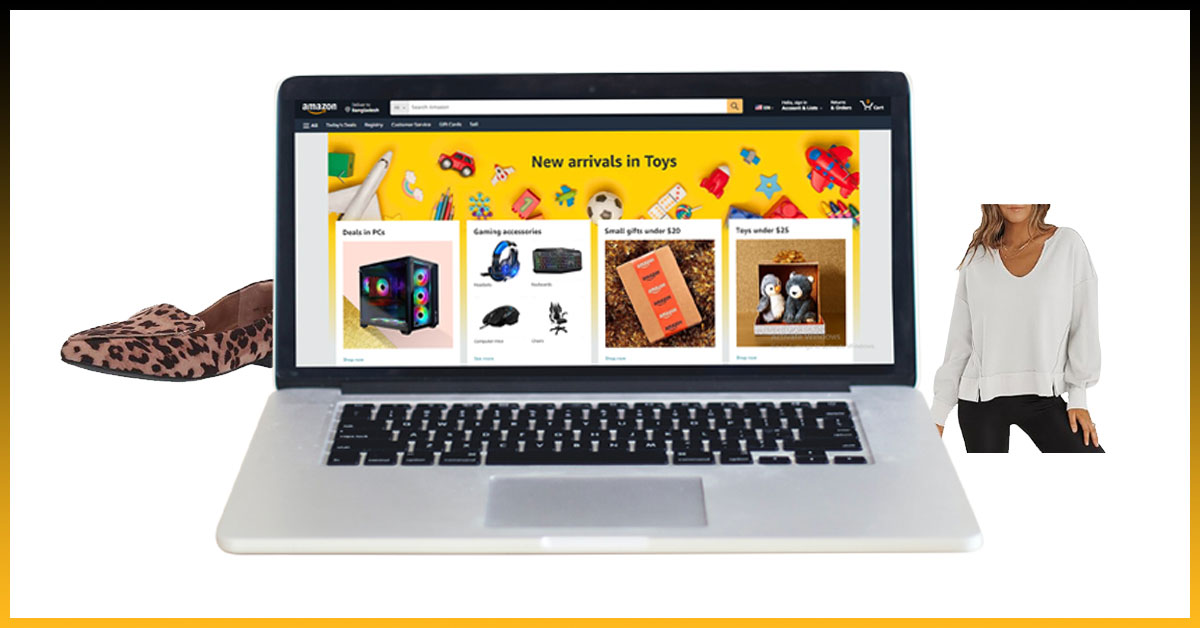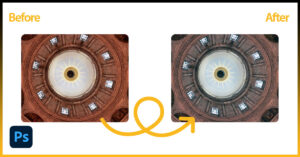Dominate ecommerce with Stellar amazon product images: Knowing every aspect of amazon is key to success, and mastering amazon product images is a top priority. High-quality, optimized visuals are crucial for boosting sales and outshining the competition.
Let’s face it: no matter how great your product is, if it doesn’t excel at the art of representation, you won’t see your expected sale. Whether you are an online seller or someone who just started their business, knowing about the protocols of Amazon is a must.
Even if you are a photographer, it’s mandatory to understand Amazon’s product image size requirements to stand out in the crowded marketplace.
This is what you will learn from this article. Give it a read, and, given that you utilize everything properly, you won’t have any problems finding your product at the top of the Amazon listing.
What’s The Exact Size Requirement for Amazon Product Images?
Amazon has a standard for image size, but it’s not as strict as I had initially thought. There is room to get creative. After trying a bunch of stuff, I cracked the perfect code, and I will now guide you through all these secrets that I uncovered.
The first crucial point is the dimension specification. Amazon requires the image to be at least 1,000 pixels on the longest side. This way, customers can zoom in for a closer look without compromising image quality.
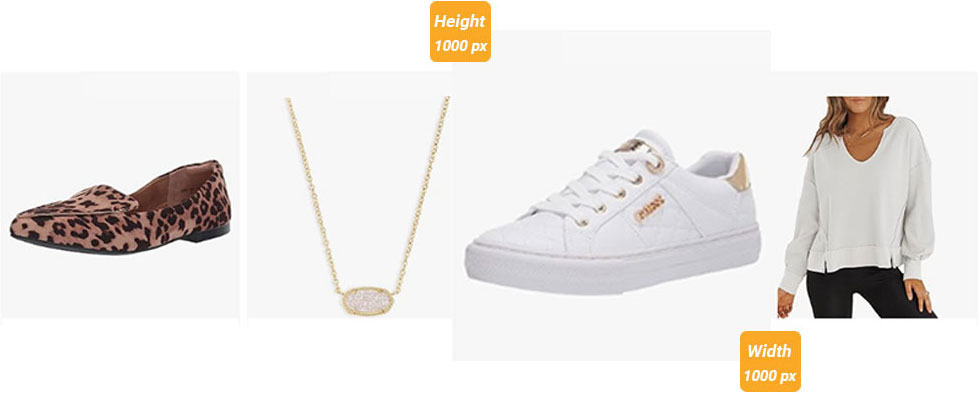
Ensuring the high resolution of the image is a crucial factor. This is to allow customers flawless zoom capability, which helps them scrutinize product details.
In case you are wondering, the best format for the photo is JPEG, as it ensures a balance in quality and file size. However, you can still use PNG, GIF, or TIFF in accordance with your preference.
The color mode and background of the image should also be in your consideration. My recommendation would be to opt for sRGB or CMYK color modes.
These color modes ensure the best and most accurate details. This way, the customer knows what they are getting. Being honest with the buyers is a crucial thing to maintain, especially when putting up a visual presentation of the product.
In addition to a sharp, accurate image, try to keep the background pure white. This kind of background helps the product stand out, and the contrast is important here to highlight the details.
However, if your product is white, go for a black background. Overall, this sort of presentation helps create a professional look.
Maintaining alternate angles is as crucial as having a clear image. Try to show your product from different angles to provide a comprehensive view.
You don’t have to upload a detailed view of every inch; just the crucial bits will do. For example, if you are selling a smartphone, include images of the front, back, and sides and a close-up of the camera and ports. This clarifies the specific features a buyer looks for.
Here are some additional resources from Amazon:
- Product image size example
How To Optimize and Modify an Product Image for Amazon?
As you probably know, Amazon won’t accept just any photo you upload. In fact, you shouldn’t just upload any photo. Apart from following Amazon’s requirements, be a bit creative and optimize the image in such a way that contributes to the boost of sales. How? Let’s get to that now.
The first important thing is choosing the right software for editing. Using the first tool that comes in front of you can be a mistake.
Always opt for high-end ones like Adobe Photoshop. If you want a free alternative, you always have GIMP for resizing the image. These tools allow you to control the image dimensions and quality.
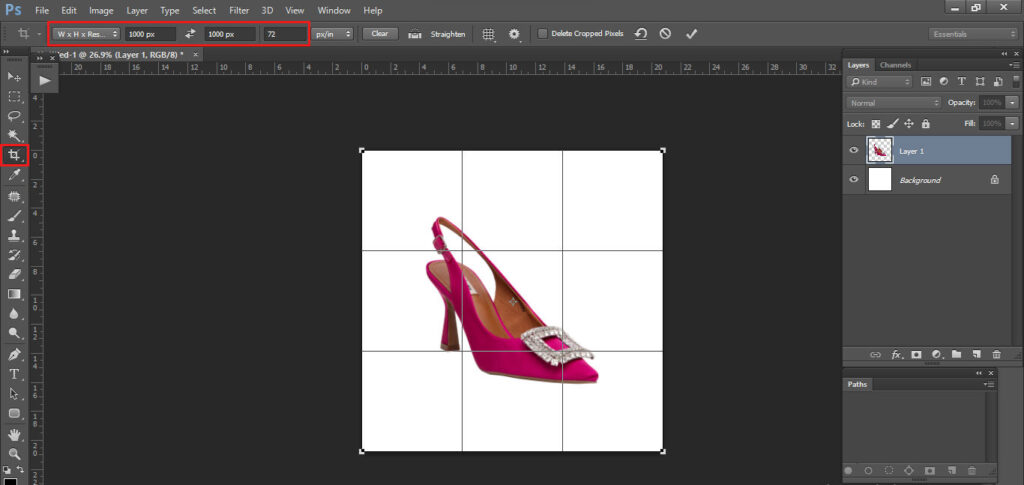
Once your photo is resized, it’s time to verify if the photo meets Amazon’s size and format requirements before uploading. You must meet these requirements to be the reason your image is rejected.
Finally, once you are sure about the image that’s going up on Amazon, remember to compress the image to maintain quality and fast load. Compressed images load quickly and overall provide a better user experience.
The DOs of Uploading Product Image on Amazon
Now, let’s shift our focus to some things that you should maintain. Some techniques will enhance the quality of your product image a lot.
I got some amazing results using these techniques, and I believe that if you utilize the methods properly, you will get a similar outcome.
The first thing to emphasize is lighting. Trust me, investing in good lighting will never be the reason for your regret. A good lighting setup eliminates shadows and enhances the clarity of the image. Proper lighting can immediately make your product look more appealing and truer to life.
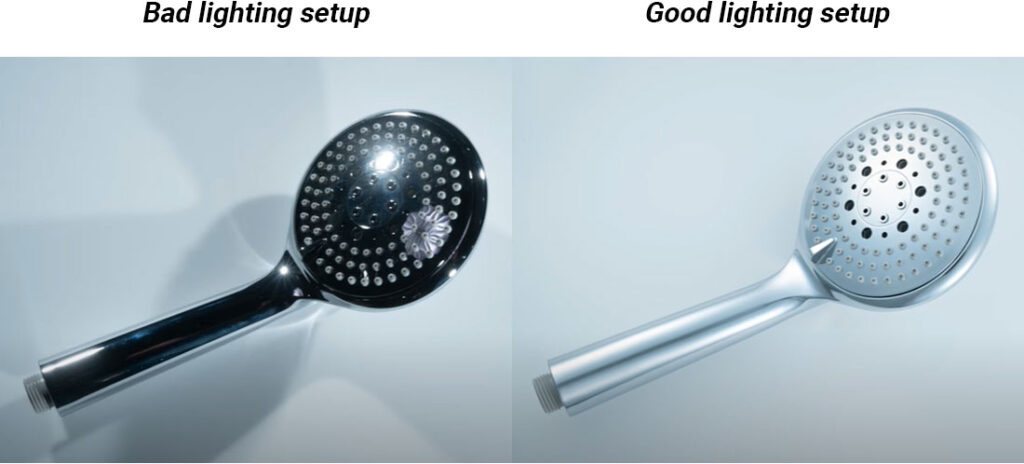
However, more than just getting an expensive light setup is required. You have to position it appropriately. It’s best if you can manage two lights to cover the object from both sides. This way, you can always be sure to get the sharpest image possible.
This brings us to the resolution. It’s crucial to use a high-resolution camera and the appropriate equipment. I don’t have to tell you just how important a good camera is.
This is the only thing that can ensure a sharp and detailed photo. Always opt for a macro lens if your concern is exclusively product photography. A closeup shot sells more than a detailed review.
But taking the photo is not all. Composition and styling are just as important. Arrange the products neatly, and I am mentioning this again: pay attention to the background. Keep the background clean and uncluttered to make your product stand out.
But if you feel a bit creative, you can spice things up. Decorate the background with a particular motif that goes along with your product. This way, the image will communicate the usability of what you are trying to sell.
If you ask me, I can help you with a tip. Try placing an everyday object in the background. This object must go along with the theme of your product.
This way, the customer will get an idea of the actual dimension of the product without noticing your attempt to do so. This is a great method of providing crucial information to the customers without telling anything directly. You should always aim for this sort of engagement.
Finally, edit your image for the minute details. Enhance the colors a bit, and remove imperfections with slight touches and shadings. A bit of photo editing can help you achieve the desired look for your products.
Though it’s generally a good idea to hire a professional editor for such purposes, it doesn’t mean you can’t do it yourself. Just remember not to exaggerate the color, and that should do all the basic stuff.
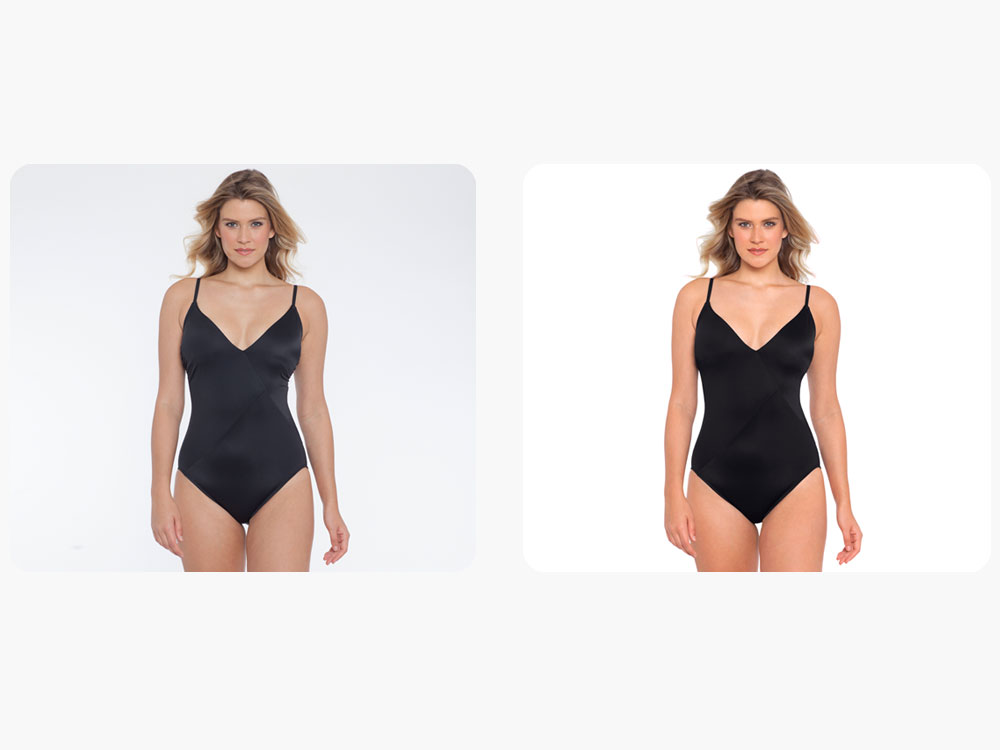
The DON’Ts of Uploading Image on Amazon
Throughout the years, I have seen people failing to sell their products simply because of some silly mistakes they make while uploading the product image. Chances are you will make these mistakes, too. If you want to avoid all these, then read a bit more.
What’s a huge turn-off for customers is a blurry or pixelated image. A blurry image gives the message that your product’s quality is probably not that good.
This way, even if you are selling the best quality product out there, no one will make an order. So, always use high-resolution images to maintain clarity.
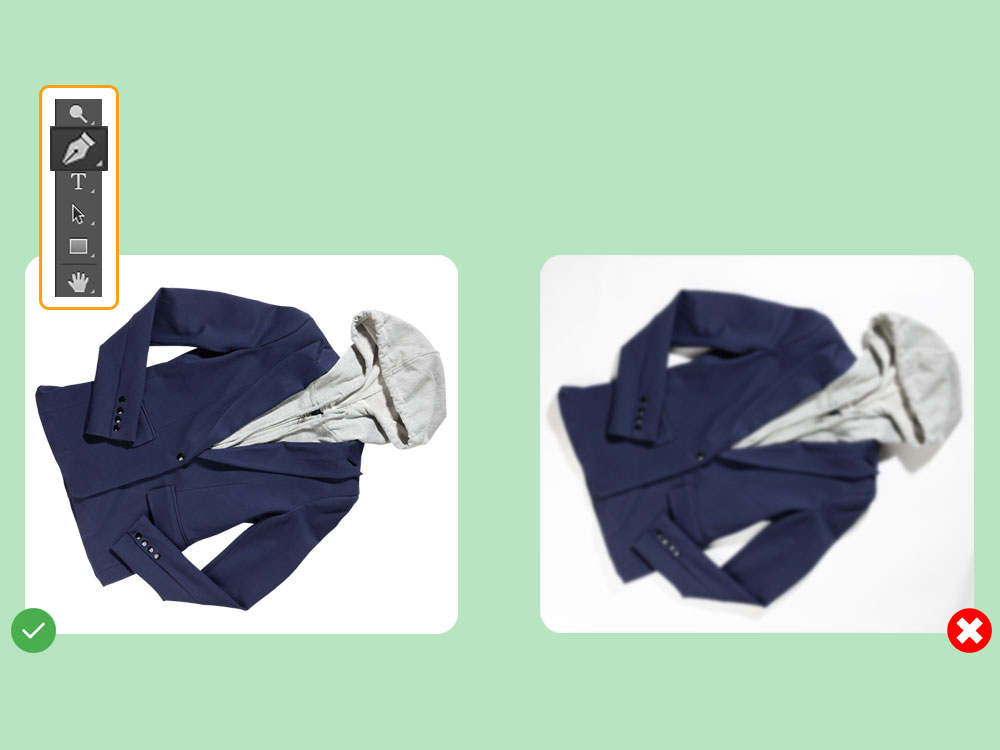
Along with resolution, it’s crucial to make sure your product images meet the minimum pixel requirements. Incorrect dimensions can lead to image rejection.
Now, let’s get to some serious and legal points.
Firstly, never use watermarks, logos, or promotional text on the image. Not only does it look bad, it’s also unprofessional. In fact, Amazon doesn’t allow watermarked images. So, make sure that the photo you are using is clear, clean, and precise.
Why Does All These Matter?
Many sellers, especially the ones who are just starting their business on the online market, don’t appreciate the importance of good product images. Don’t be one of them. A good image of your item can change the entire game.
When a buyer searches for a product online, the first thing they see is an image. The buyer then initially judges the product based on its image. In such cases, the first impression is what matters the most, as it leaves a lasting impression.
A stunning image can draw potential buyers not only for a particular product but for other items you have to offer.
A high-quality image also builds trust. It instills confidence in potential buyers. They help customers visualize the product and understand its features and quality.
These two things, first impression, and trust, can take your business to heights beyond your expectations. So don’t back off or slow down. Make sure to put up the best image of your product to ensure the boost of sales you want.
My Final Few Words
To be honest, as you can see, Amazon has very minimal image requirements. Just upload a clear image with the dimensions and resolutions modified to the right level, and this should do the trick. But wait, just because it works doesn’t mean you should do it.
Remember that your target is to boost sales, and to attain that, you have to present the image in the right way. Think about the requirements that the buyers on Amazon demand.
If you read the entire article, you now know what kind of photo sells the most and how you should put up the best image to ensure maximum engagement. Just avoid a few things, add some spices to the mix, and you should always have a bunch of orders coming in.

